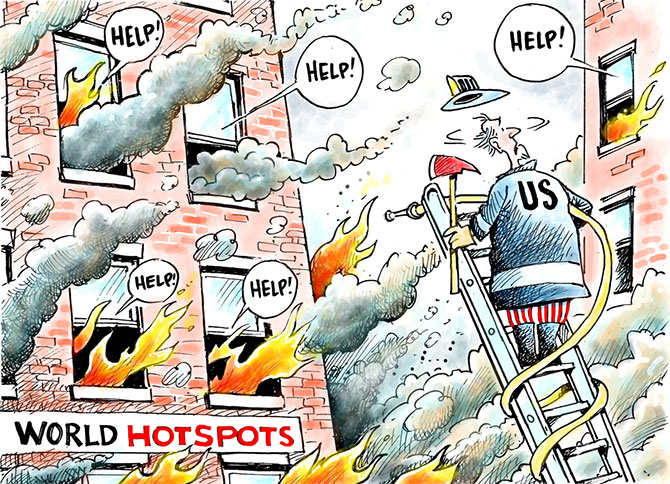Last year, the U.S. spent $42 billion on foreign aid, more than any other country. Most of the money was for economic and
Traditionally, U.S. presidents have viewed foreign aid as a way to promote American values abroad. They have also used it to prevent international issues, such as natural disasters, from turning into major crises. But President Donald Trump, who ran for office on an “America First” platform, has proposed cutting foreign aid by about one-third—to less than $30 billion.
People who back Trump’s plan say foreign aid is a waste of taxpayer money. They say the funds don’t always solve the problems they’re meant to address. Instead, they say, corrupt leaders often use the money to keep themselves in power, not to help their people.
Supporters of foreign aid, however, say the money has helped lift millions of people out of poverty and build up key U.S. allies. They say slashing foreign aid would leave many people, including kids, without the help they need.
Should the U.S. continue to spend billions of dollars on foreign aid? Two experts weigh in.


